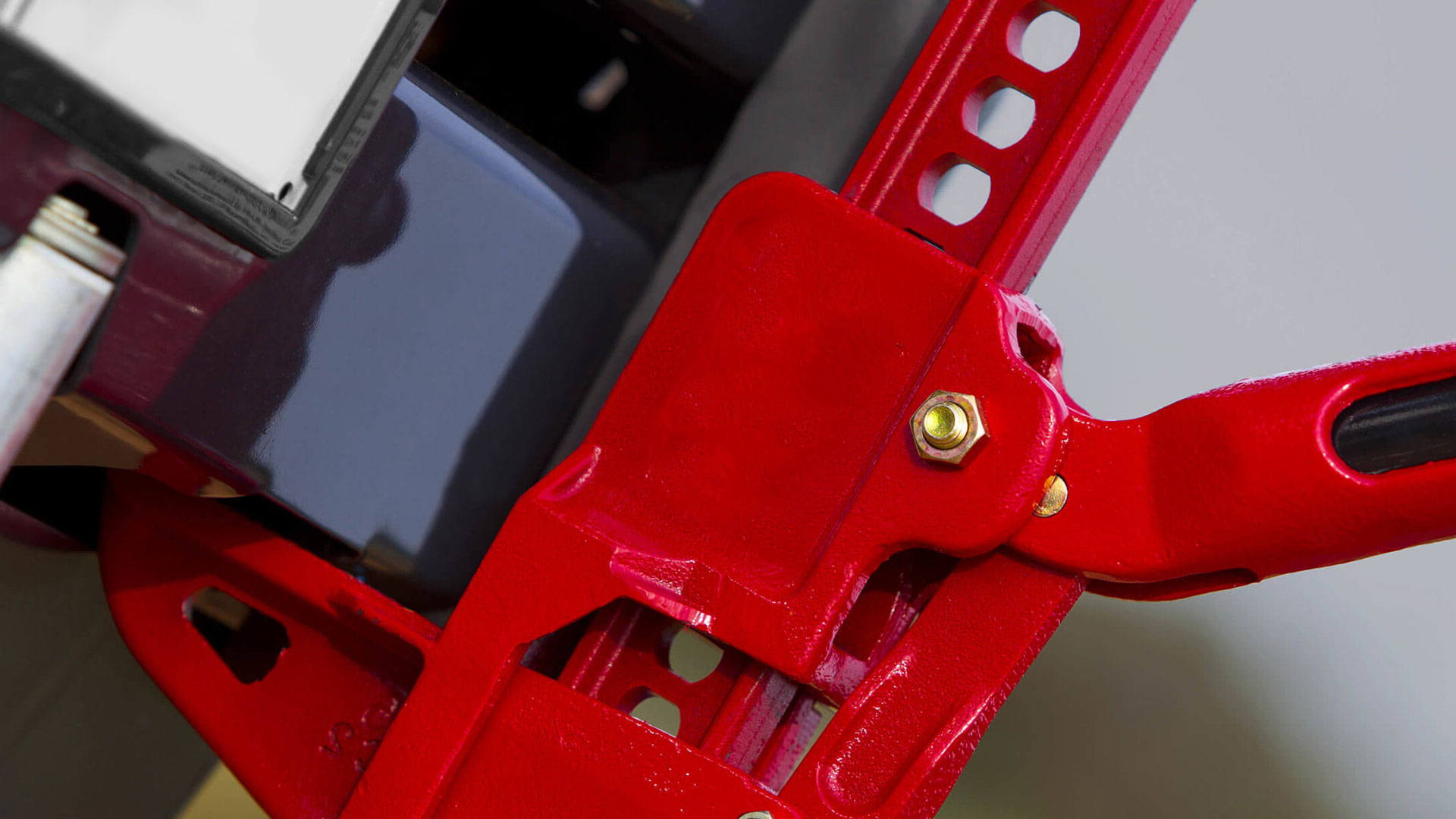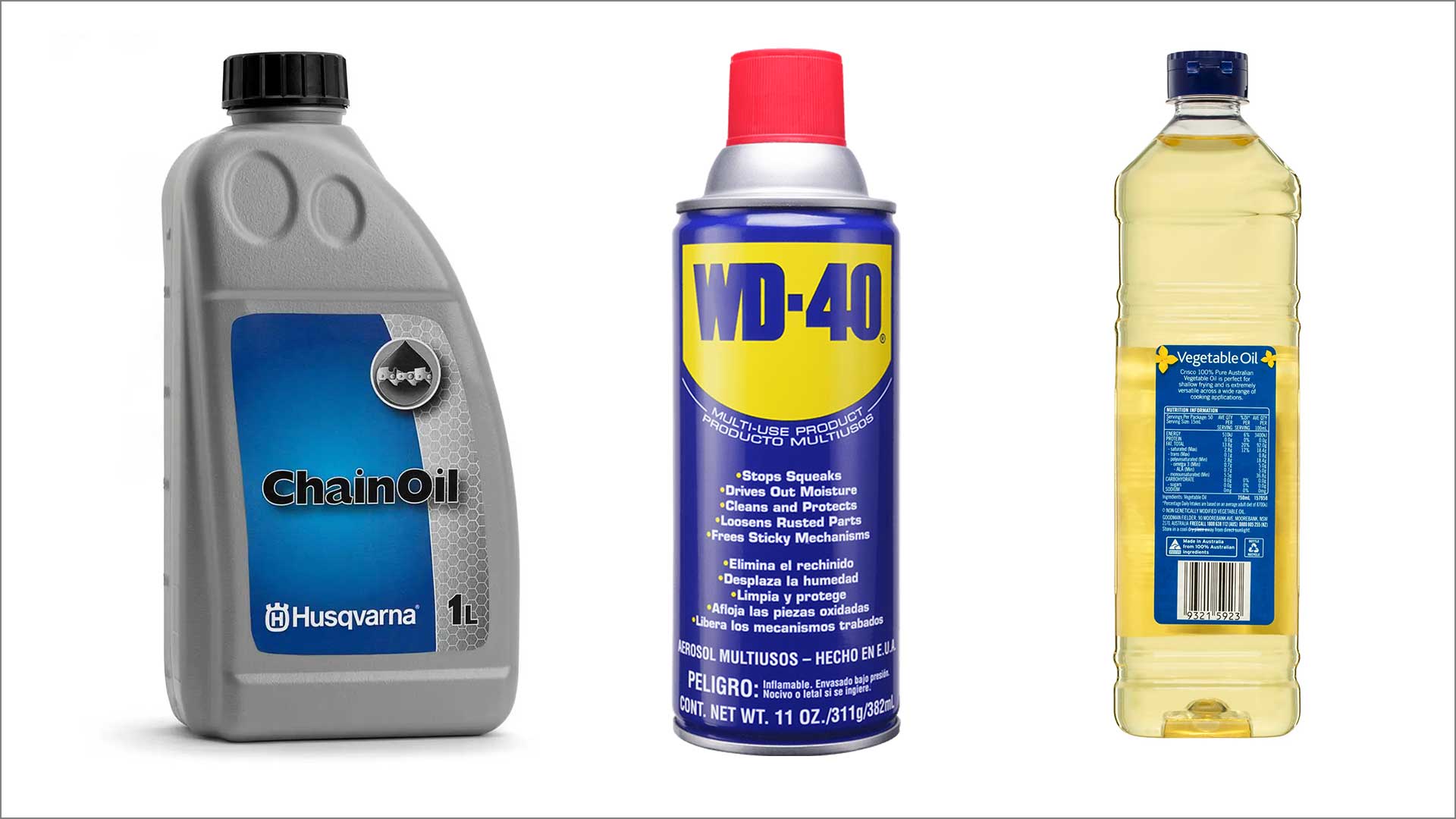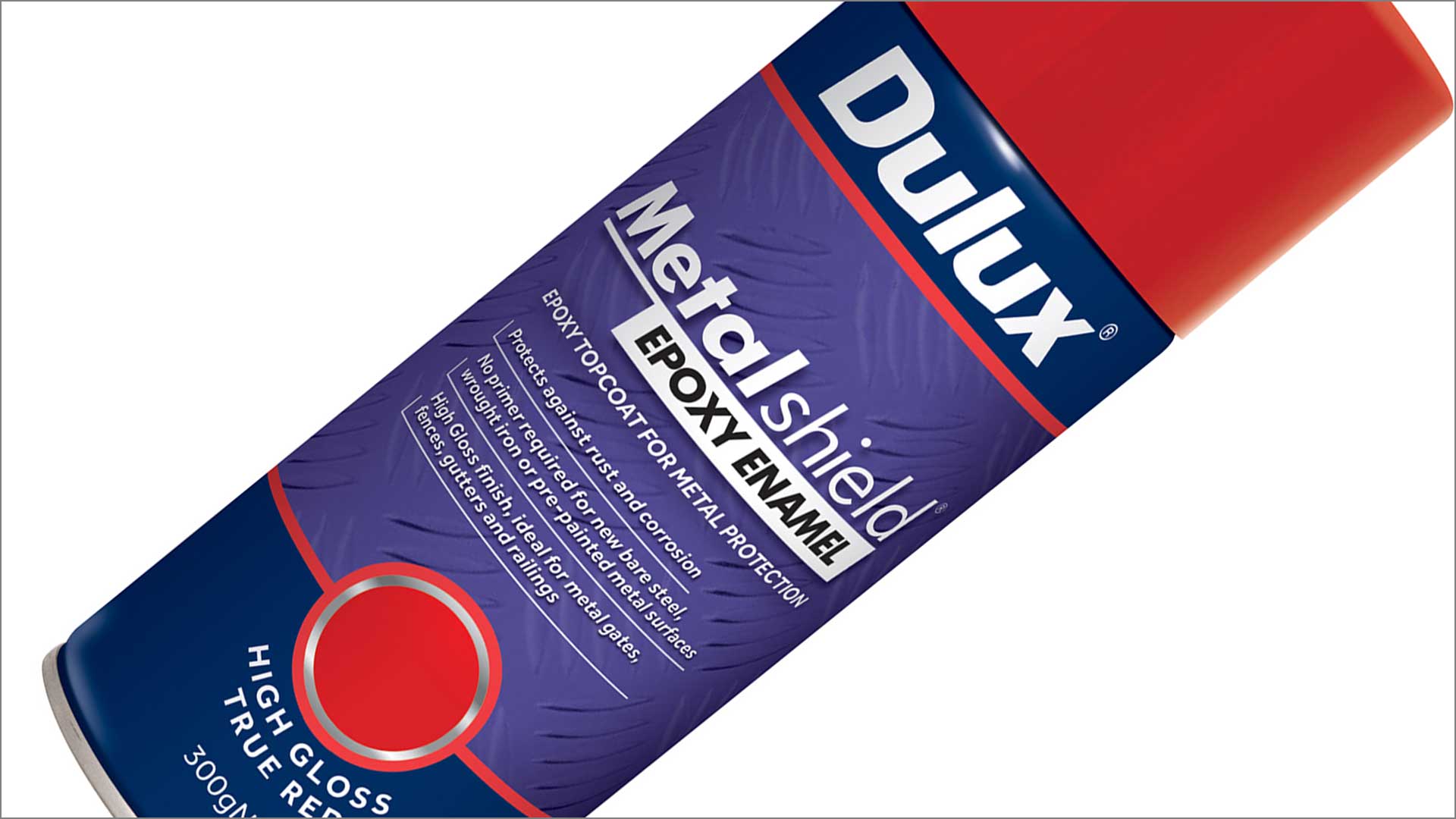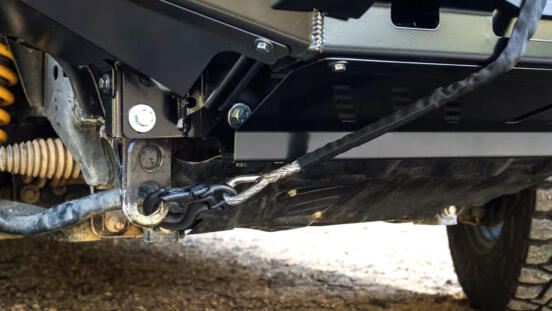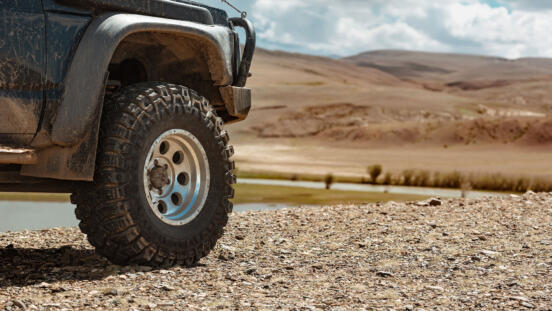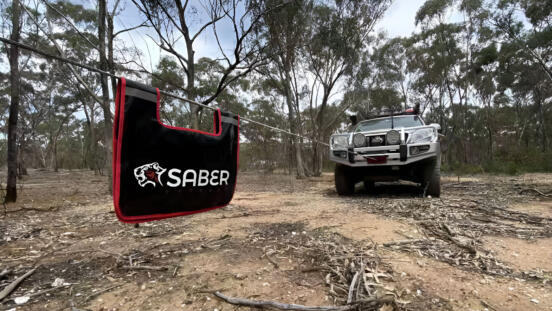A lot of first-time buyers are disappointed after using their new Hi-Lift jack for the first time to find that after one use, and just a few days, the bar of their shiny new jack is already rusted.
You can see how quickly this happens in the photo above; this is a brand-new jack used once on a weekend-long trip.
Unfortunately, this is just the nature of the jacks (for a few reasons we'll go into) but there are some steps you can take to mitigate the issue while abroad and maintain your jack long-term.
Why do Hi-Lift jacks rust?
The exact material varies from brand to brand, but as a general rule, they will be made of some variety of carbon steel or iron. Iron is a naturally occurring element; steel, if you're unaware, is simply iron with carbon added, to make it harder and stronger. Once carbon is added above a certain level, we define this alloy as "steel".
The amount of carbon varies but typically is no more than 1.5%, leaving the remaining 99%-ish iron.
And here is the source of the problem. Iron rusts, and it rusts fast. When exposed to water and air, bare iron can begin to rust in just a few hours. This is why non-stainless metals, your Hi-Lift jack, car body panels, steel wheels, etc., are painted or powder-coated.
Why does the paint get striped?
Unfortunately, this is unavoidable with the way Hi-Lift jacks work. As the running gear (the body of the jack) climbs the bar, the body is forced against the back of the bar with more force than paint or powder coating can withstand and just grinds the coating off with every step it climbs. There's just no avoiding it.
You might ask why jacks are made from iron or carbon steel, and not stainless steel. There's a whole other metallurgical conversation that could be had here about carbon steel vs stainless steel options, but the simple answer first and foremost is cost.
Just in terms of raw materials, stainless steel is 3-4x the cost. I don't work in "Hi-Lift jack sales", but I think it's a pretty fair presumption that there isn't going to be much consumer appetite for stainless jacks that are triple the price.
So, what to do about it?
Ultimately, you need to reseal the surface. That's it.
For long-term storage, you will need to repaint it, but realistically you're not going to want to be carrying around spray paint in your 4WD constantly and painting your jack in the bush when you may end up using the jack again on that same trip.
Mid-trip, an easy solution is simply wiping down the exposed metals of your jack with oil, to create a barrier to air and water. Things you're more likely to already have loaded in your four-wheel-drive like chainsaw bar oil or WD-40 will work. In a pinch, even cooking oil will provide some protection (though natural oils will wear off faster than the stronger alternatives)
Once you're home, the jack needs to be painted before storage to prevent rust long-term. I recommend an enamel spray paint.
Enamel paint will air-dry, is resistant to temperature change, and is relatively hard-wearing to protect against other sources or wear you jack will encounter off-road. Scraping tree branches, stone chipping, harsh weather etc.
I've always found Dulux Metalshield to be good, it also comes in a glossy "true red" which is a pretty good match for the standard Hi-Lift red.
Obviously, not every jack is red, there are other colours and paint options out there, but, any epoxy enamel for metal from a reputable paint manufacturer should serve just as well.
Just remember to scour any rust that has formed off first with steel wool or similar, before painting.
# Rusty Hi-Lift jack, high lift jack rusting, rust prevention, corrosion prevention.


